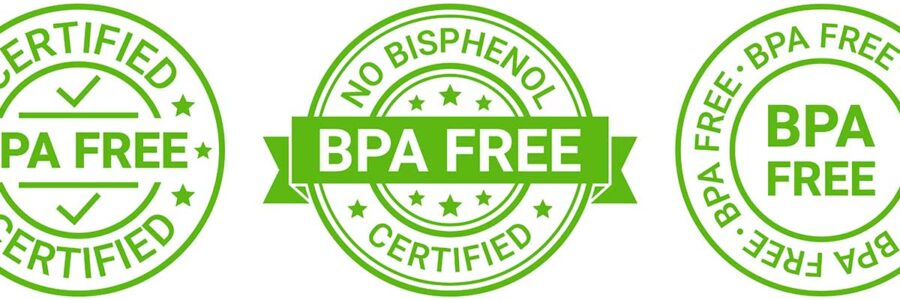In the health-conscious landscape of today, the scrutiny of plastic products has intensified due to concerns about Bisphenol A (BPA), leading to the proliferation of “BPA-Free” labels. However, these labels often conceal the substitution of BPA with similar compounds like BPF and BPS, which share BPA’s endocrine-disrupting properties.[1-2] This switch from BPA to its analogs highlights a significant flaw in consumer product regulation and safety evaluation, as these substitutes pose similar health risks.[1-2]
Health Risks Persist: The Chemical Deception in “BPA-Free” Plastics
The health implications of BPF and BPS are supported by scientific research linking these chemicals to a range of health concerns, from hormonal disruptions to increased cancer risk and even cardiovascular issues.[3-4] Despite the known risks, regulatory measures for these chemicals are less stringent or absent, allowing them to continue being used in products labeled as “BPA-Free.”
The broader issue with plastics extends beyond BPA and its analogs. Plastics can release various chemicals, such as phthalates, with potentially harmful health and environmental effects.[5] “BPA-Free” alternatives address some concerns, but the environmental impact of plastic use underscores the need for sustainable alternatives.
Safer options like stainless steel and glass offer non-toxic, durable alternatives for consumers looking to avoid the risks associated with plastic containers. Transitioning to these materials supports not only individual health but also environmental sustainability.
Becoming an informed consumer involves understanding the nuances of product labeling and the chemicals used in manufacturing. Consumers can influence industry standards towards safer practices by demanding transparency and supporting companies committed to health and sustainability.
The shift from misleading “BPA-Free” labels towards informed decision-making is essential for aligning consumer choices with health and environmental values, promoting a marketplace where safety and transparency are prioritized. This shift requires informed consumers, stricter regulatory oversight, and manufacturer commitment to safer materials, highlighting the role of informed decision-making in achieving a healthier, more sustainable future.
References:
- Rochester, Johanna R, and Ashley L Bolden. “Bisphenol S and F: A Systematic Review and Comparison of the Hormonal Activity of Bisphenol A Substitutes.” Environmental health perspectives vol. 123,7 (2015): 643-50. doi:10.1289/ehp.1408989
- Winkler, Juliane et al. “Bisphenol A replacement chemicals, BPF and BPS, induce protumorigenic changes in human mammary gland organoid morphology and proteome.” Proceedings of the National Academy of Sciences of the United States of America vol. 119,11 (2022): e2115308119. doi:10.1073/pnas.2115308119
- Konieczna, Aleksandra et al. “Health risk of exposure to Bisphenol A (BPA).” Roczniki Panstwowego Zakladu Higieny vol. 66,1 (2015): 5-11.
- Lu, Yuan et al. “Associations of bisphenol F and S, as substitutes for bisphenol A, with cardiovascular disease in American adults.” Journal of applied toxicology : JAT vol. 43,4 (2023): 500-507. doi:10.1002/jat.4401
- Wang, Yufei, and Haifeng Qian. “Phthalates and Their Impacts on Human Health.” Healthcare (Basel, Switzerland) vol. 9,5 603. 18 May. 2021, doi:10.3390/healthcare9050603


